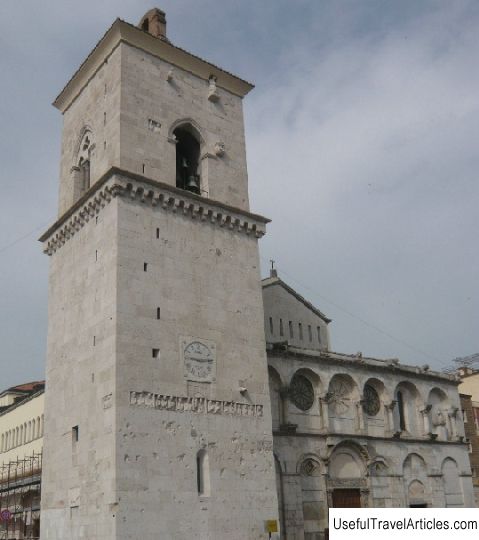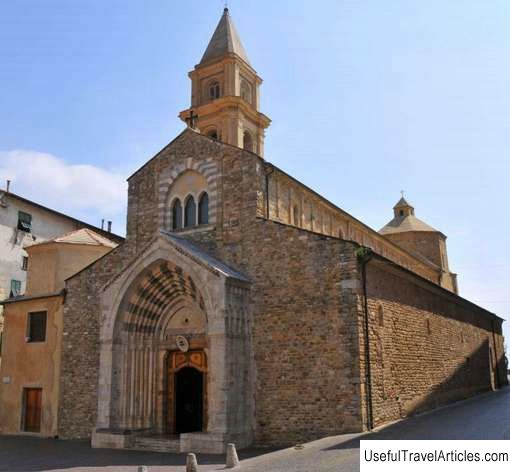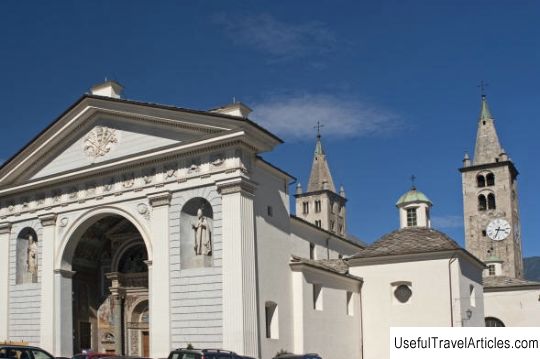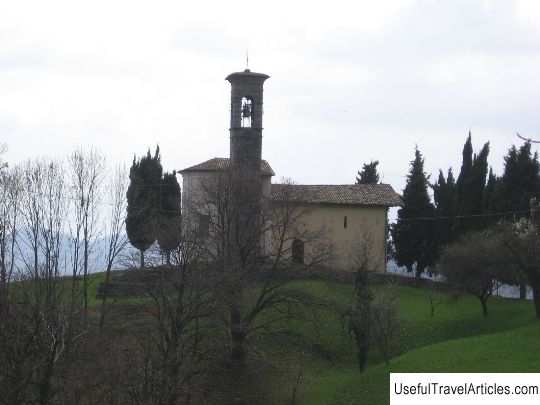Cathedral of Santa Maria Assunta (Cattedrale di Santa Maria Assunta) description and photos - Italy: Venice
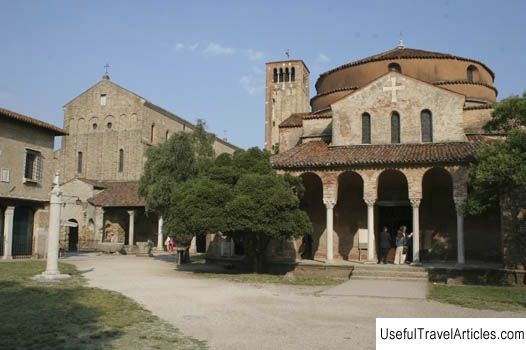
Cathedral of Santa Maria Assunta (Cattedrale di Santa Maria Assunta) description and photos - Italy: Venice. Detailed information about the attraction. Description, photographs and a map showing the nearest significant objects. The title in English is Cattedrale di Santa Maria Assunta. Photo and descriptionThe Cathedral of Santa Maria Assunta is an ancient basilica located on the island of Torcello in Venice and is considered one of the most ancient religious buildings in the entire Veneto region. According to an ancient inscription, the cathedral was founded in 639 by the exarch of Ravenna, Isaac. Today it is an outstanding example of Venetian-Byzantine architecture. It is believed that the original building of the cathedral had a central nave with two side chapels and a single apse on the east side. Unfortunately, it is very difficult to judge how that very first church looked today, since there are practically no fragments left from it to this day. Only the general plan of the cathedral, the central wall of the apse and part of the baptistery, which is now part of the facade of the church, have survived. The first significant transformations in Santa Maria Assunta took place in 864 at the initiative of Bishop Adeodatus II. It was then that two side apses were built, which have survived to this day, and a syntron was created in the central apse - an arched bench for priests. A crypt was placed under the apse. Even then, in the 9th century, the cathedral acquired the appearance that has partially come down to us. The last major reconstruction of the church took place in 1008 - it was initiated by Bishop Orso Orseolo, whose father, Pietro Orseolo II, was a Venetian doge at that time. During that reconstruction, the central nave was raised, windows appeared on the western wall of the cathedral, and an arcade was erected along the nave on both sides, separating it from the side chapels. The facade of the Cathedral of Santa Maria Assunta is preceded by an open portico, to which a 7th century baptistery is attached. There is also a bell tower built in the 11th century. The facade itself is adorned with 12 half-columns, which are connected from above by arches, and in the center of the portico you can see a marble portal from the 11th century. The interior of the cathedral is distinguished by the marble floor, the throne of the Altino bishops and the tomb with the relics of St. Iliodor. And, of course, the mosaic depicting the Judgment Day of the Byzantine-Ravenna school and the mosaic with the Virgin Mary and the Child in the central apse deserve attention. the throne of the bishops of Altino and the tomb with the relics of St. Iliodorus. And, of course, the mosaic depicting the Judgment Day of the Byzantine-Ravenna school and the mosaic with the Virgin Mary and the Child in the central apse deserve attention. the throne of the bishops of Altino and the tomb with the relics of St. Iliodorus. And, of course, the mosaic depicting the Judgment Day of the Byzantine-Ravenna school and the mosaic with the Virgin Mary and the Child in the central apse deserve attention.      We also recommend reading Fortress Oreshek description and photo - Russia - Leningrad region: Shlisselburg Topic: Cathedral of Santa Maria Assunta (Cattedrale di Santa Maria Assunta) description and photos - Italy: Venice. |
